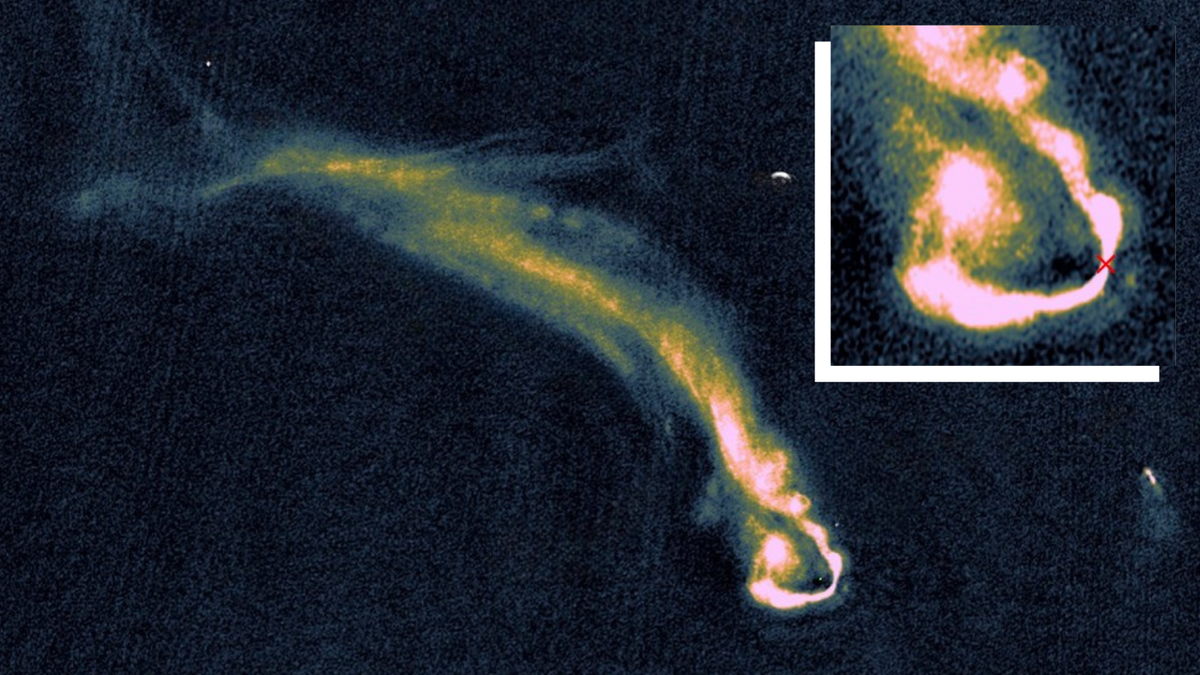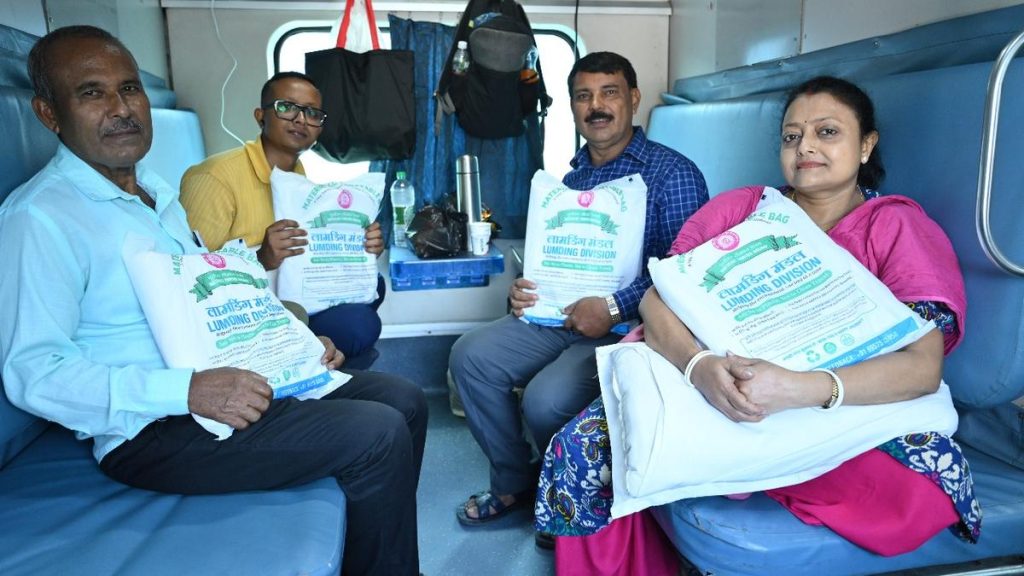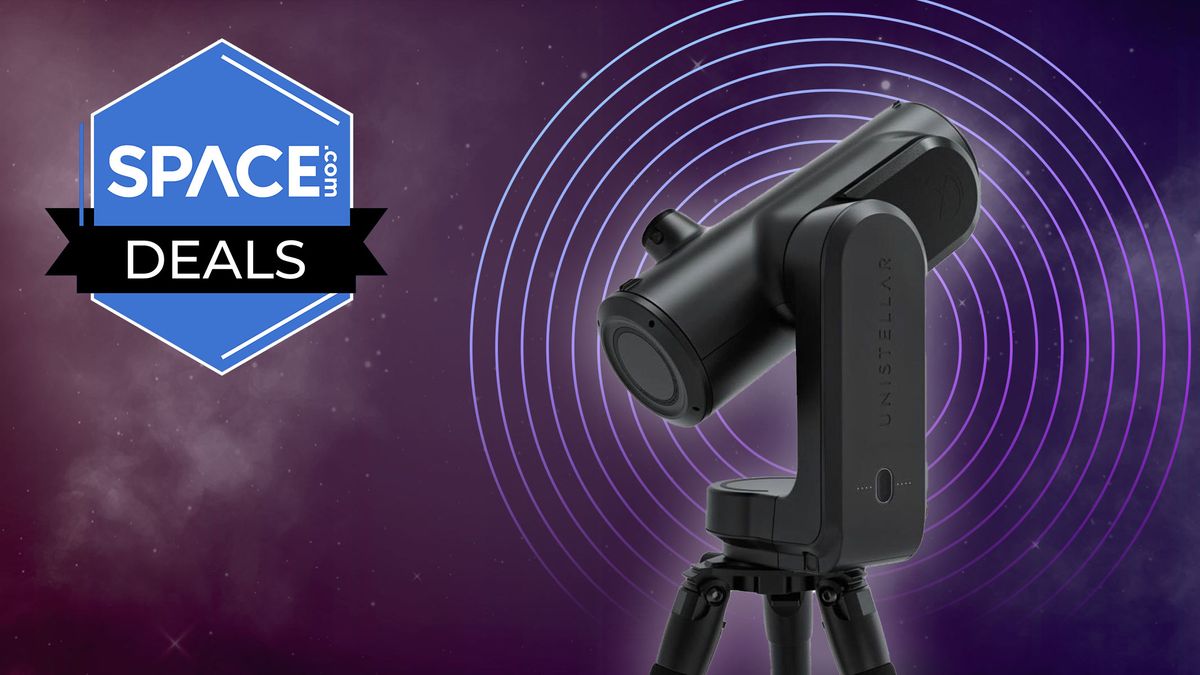Now Reading: Galaxy Cluster Reveals Mysterious 200,000-Light-Year-Long Cosmic Tendrils
-
01
Galaxy Cluster Reveals Mysterious 200,000-Light-Year-Long Cosmic Tendrils
Galaxy Cluster Reveals Mysterious 200,000-Light-Year-Long Cosmic Tendrils

Quick Summary
- astronomers achieved the deepest and highest-resolution image of galaxy cluster Abell 2255.
- Located about 800 million light-years from Earth, the cluster spans approximately 16.3 million light-years and contains between 300 to 500 galaxies.
- the study focused on “radio galaxies,” which emit powerful jets from supermassive black holes interacting wiht intergalactic matter.
- Using the LOFAR radio telescope in VLBI mode, researchers captured structures spanning up to 360,000 light-years in size – over three times wider than the Milky Way.
- These filamentary structures are theorized to originate within radio galaxies and be stretched by turbulence in the cluster’s intergalactic medium.
- Filaments observed included those of galaxies like the Original Tailed Radio Galaxy, Goldfish, Beaver, and Embryo – showcasing unique tails spanning over 200,000 light-years.
- Advanced data calibration techniques processed approximately 140 terabytes of observation data for detailed imaging across multiple sessions.
Study published in “Astronomy & Astrophysics” journal on june 10.
image caption: Observational highlights include detailed imaging at a resolution of up to 0.34 arcseconds with complex tendrils visible from deep-space phenomena (Source: E. De Rubeis/Università di Bologna – INAF).!Complex filaments observed using LOFAR telescope.
Indian Opinion Analysis
India’s burgeoning space program increasingly holds international collaborations as central pillars for its research initiatives. The discoveries around Abell 2255 underline massive scientific progress enabled by advanced technologies such as interferometers used worldwide. For India’s growing astrophysical community and institutions like ISRO or IUCAA (Inter-university Center for Astronomy), embracing partnerships involving instruments like LOFAR or planned exploratory tools under SKA (Square Kilometer Array) ultimately represents opportunities awaiting immediate leveraging.Further investigations into magnetic fields surrounding galaxy clusters might feed usable templates enhancing signal mapping amidst coordination barriers today faced industry-wide.Challenges balancing machine calibrations seen expose outsource-import dependencies — Increasing India local infrastructure sufficing now inevitable adjoining slated own orbital-actioncraft.Skill exchange remaining neutral vectors imperative nurturing national footprint across broader cosmologic-data outliers/databases systems inline toward upcoming enrichment forefront highly technical exploratory streams vital samples both sharing..

























